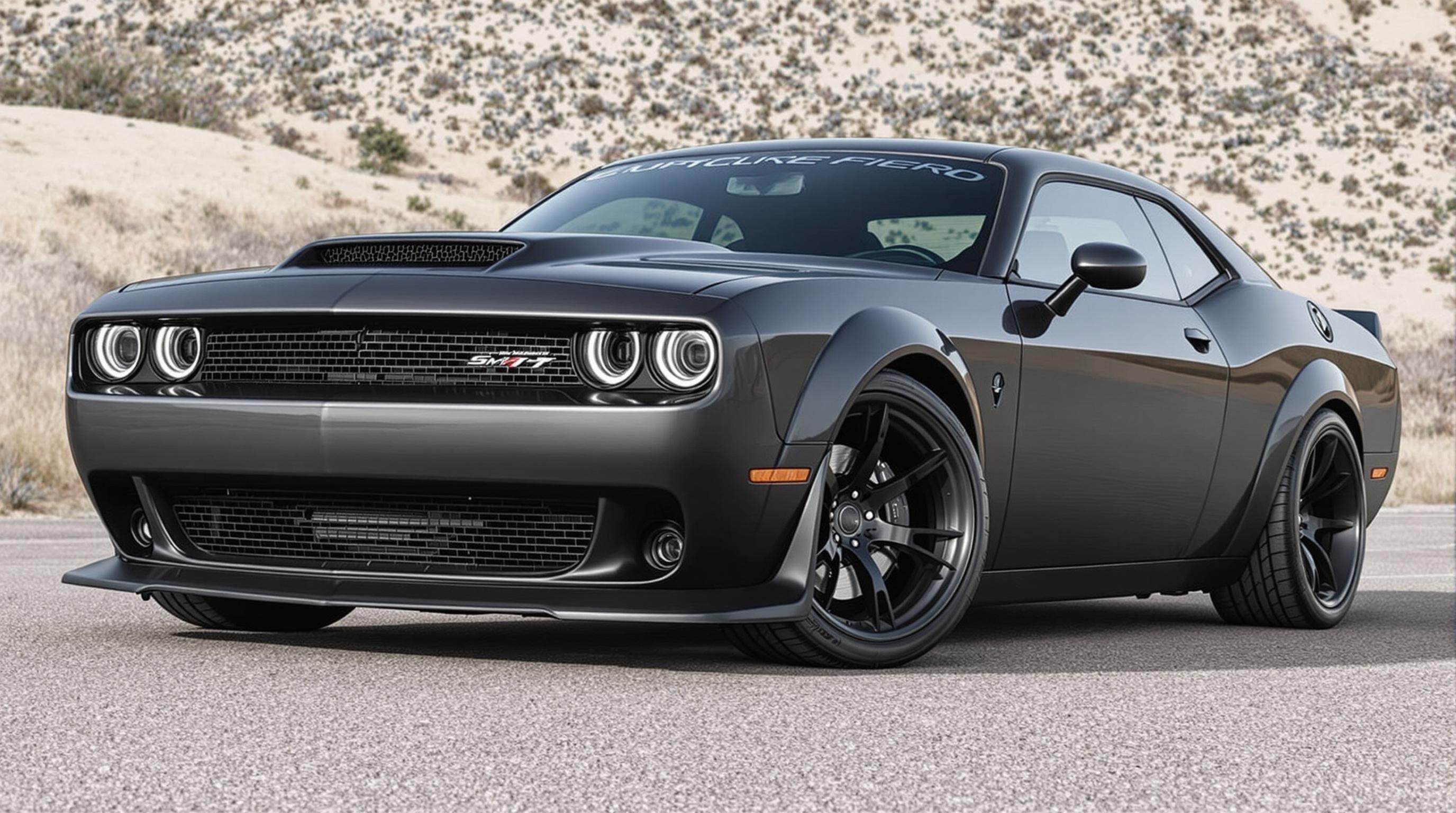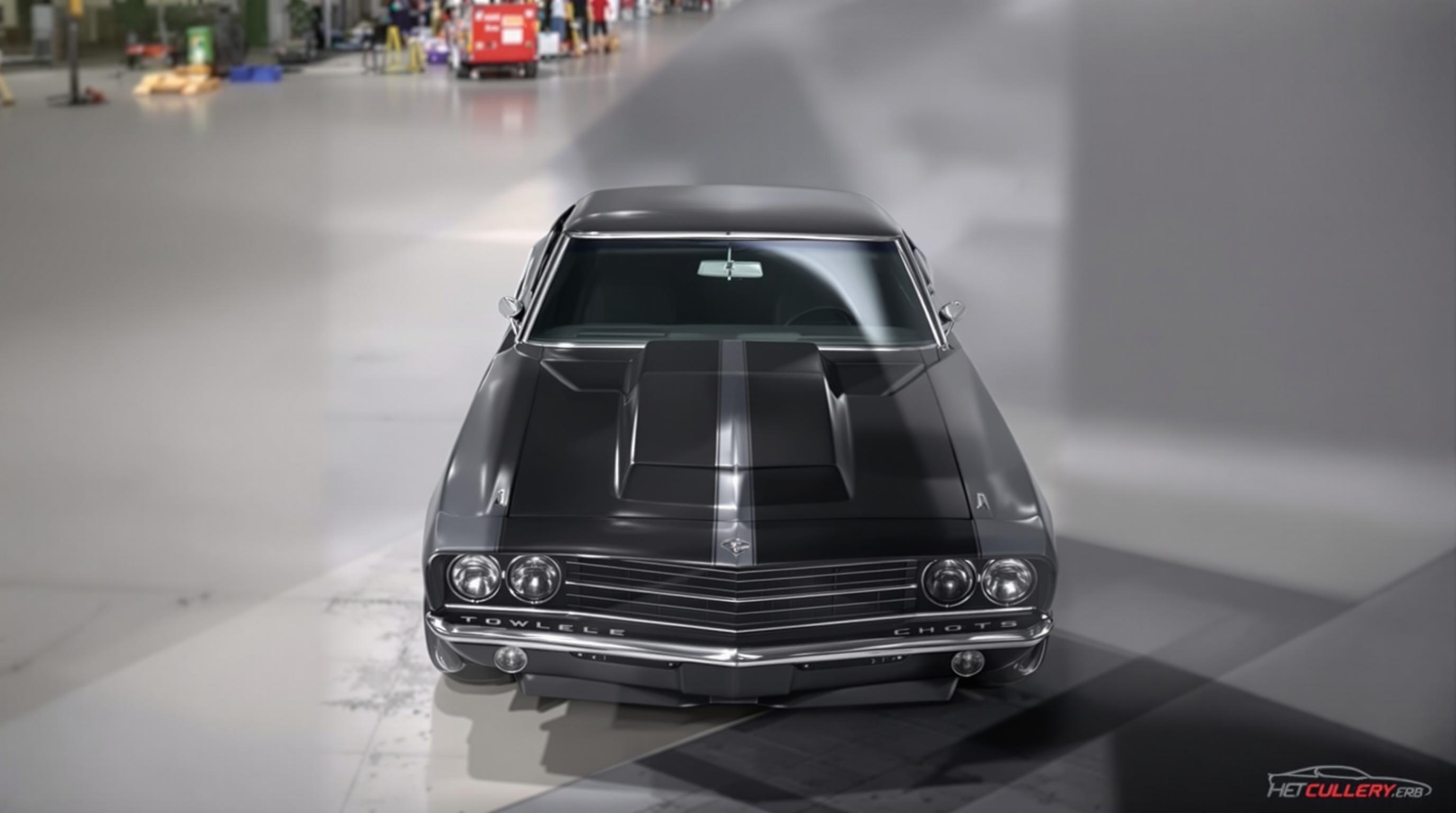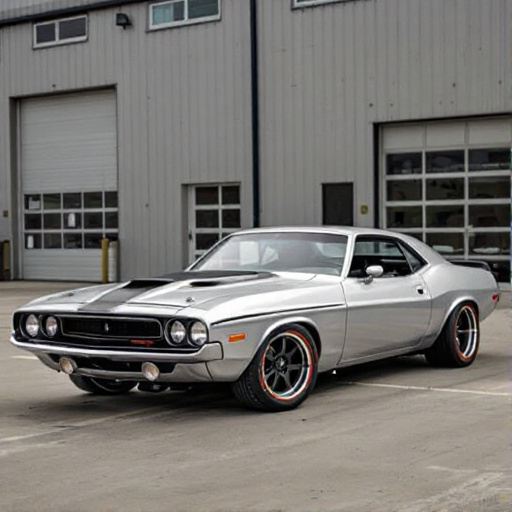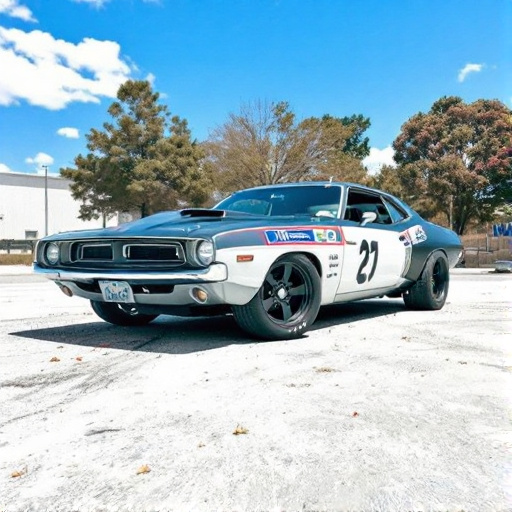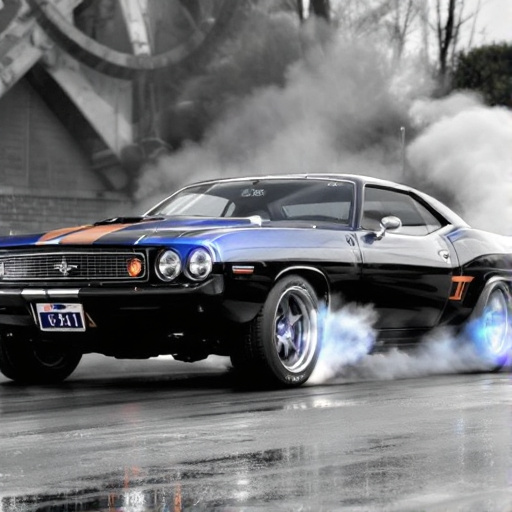Featured Articles
- Reviving the Roar: How Electric Conversions Are Changing the Fate of Classic American Muscle Cars
- Revving Up Nostalgia: How American Muscle Cars Shaped 70s Subculture and Today's Retro Trends
- Revving Up Nostalgia: The Revival of Classic Muscle Car Culture Among Gen Z Enthusiasts
- Revving Up Nostalgia: The Surprising Resurgence of Muscle Cars in Eco-Friendly Customizations
- Revving Up Nostalgia: The Surprising Rise of Vintage Muscle Car Restoration in the Electric Era
The Forgotten Legends: Exploring America's Most Obscure Muscle Cars and Their Hidden Stories
The Forgotten Legends: Exploring America's Most Obscure Muscle Cars and Their Hidden Stories
America's muscle car era is often dominated by iconic names like the Ford Mustang and Chevrolet Camaro, but lurking in the shadows are amazing, lesser-known legends. This article takes you on a journey through the obscured alleyways of muscle car history, unveiling hidden stories of remarkable vehicles that deserve a revival in our automotive conversations.
The Power of the Unknown
Muscle cars are synonymous with raw power and speed. However, what about the forgotten models that weren’t included in the mainstream narrative? These hidden gems tell stories of innovation, passion, and, in some cases, heartache.
The Chrysler Plymouth Superbird
One of the most enigmatic muscle cars is the Plymouth Superbird, produced in 1970. With its iconic nose cone and massive rear wing, it was developed for NASCAR racing but found little purchase in the consumer market. Just 1,920 units were produced before it was discontinued, making it a scarce collectible today. Despite its low sales figures, the Superbird showcased Chrysler's commitment to performance and design and remains a nostalgic figure for many.
A Road Less Traveled
Let’s shift gears and spotlight the AMC Javelin, a thoroughbred muscle car often overshadowed by its more famous cousins. Launched in 1967, the Javelin was AMC's answer to the pony car craze. Its curvy lines and options for high-performance engines attracted car enthusiasts but still didn’t gain the widespread acclaim it deserved.
The demise of AMC in 1988 meant that beautiful models like the Javelin slipped through the cracks of popular culture. Interestingly, the 1970 Javelin won accolades for its performance in various races, thanks to its robust V8 options. Yet, its journey rarely finds a place in contemporary muscle car discussions.
The Case of the Oldsmobile 442
Move over Chevelle—let’s talk about the Oldsmobile 442. This muscle car, with its sleeves rolled up, was born in the mid-1960s. What many don’t know is that the '442' originally stood for four-barrel carburetor, four-speed transmission, and dual exhaust systems—a symbolic representation of performance.
The 442 became a hidden treasure of the Oldsmobile brand. By the end of its production, nearly 43,000 units were sold in 1970 alone, making it one of the top muscle cars of its time. Unfortunately, the slow decline of Oldsmobile led many to forget the 442's contributions to the muscle car world.
The Sales Statistics That Shock
Statistically speaking, the muscle car market saw declined interest post the mid-1970s due to fuel crises and strict emission control regulations, resulting in vehicles that were once symbols of power becoming relegated to history books. For instance, in 1971, sales figures for all muscle cars plummeted by 60% as consumers turned toward fuel-efficient designs. MotorTrend cites this sudden shift as a turning point that affected even the most loved models, forcing manufacturers to innovate or perish.
Uncovering the “Hidden Legends”
Now, let’s inject a bit of humor here: ever considered the Henway? No, it’s not a muscle car; it's a joke about a fictional car that never existed! But in reality, there are numerous real models like the De Tomaso Pantera—a car that, while not strictly categorized as a muscle car, emanated raw power from its 351 cubic-inch engine and was adored by those in the know. People would mistakenly label it Italian exotic, but it was forged from the fire of American muscle through and through.
The Coming of the Digital Age
As car enthusiasts of all ages begin to embrace digital communities on forums and social media platforms, many obscure muscle cars are undergoing a renaissance. Enthusiasts are sharing restoration projects and stories that shine a spotlight on these hidden legends. For instance, sites like Muscle Car Club have been instrumental in reviving interest in these speckled histories, providing a platform that celebrates models like the Dodge Lancer, which claimed fame primarily in the shadows.
The “People’s Champion”: The Pontiac GTO
No discussion of muscle cars is complete without mentioning the Pontiac GTO, often touted as the first true muscle car. Although not obscure, its impact is significant. Launched in 1964, the GTO wasn’t just a high-performance vehicle; it was a cultural phenomenon that captured the ethos of the age. Interestingly, a restored original model can fetch upward of $60,000 today—a true testament to its desirability.
The GTO helped pave the way for the others, providing a framework of success that brands like Ford and Chevrolet followed. Those glorious V8s put power into the minds and hearts of a generation, propelling the muscle car dream.
Cultural Impact: The Muscle Car in Movies
If you’re trying to uncover what makes these obscure muscle cars so alluring, you need to look no further than their portrayals in film. The interest in cars, especially muscle cars, surged in the 1970s, thanks in part to films like “Bullitt” and “Gone in 60 Seconds.” However, how many have recognized the AMC Gremlin as a charming underdog in cinema?
The beauty of these muscle cars lies not just in their specifications but their stories—each has unique twists of fate and unexpected turns of events. For instance, did you know that the iconic car chase in “The French Connection” featured a 1971 Dodge Polara, which never got to be the star player on car enthusiast lists? We must remember that behind every muscle car is a culture, an emotion, a history.
Collectibles of the Future
In the age of investments, obscure muscle cars could potentially be the next big collectible. For example, a restored 1970 Mercury Cougar recently sold for over $80,000, giving rise to fierce debates about which other "forgotten" cars might be lurking around the corners of garages across America. Many collectors are now eyeing vehicles like the 1971 Plymouth Road Runner and 1971 Buick GSX, excited at the prospect of owning a piece of obscure muscle history.
When it comes to comparing and evaluating these models, online auction sites such as Cars and Bids have quickly become the go-to places for enthusiasts hunting for their dream build. The thrill of outbidding opponents adds a new level of excitement akin to the muscle car races of yore.
The Stories Behind the Cars
Ultimately, what’s fascinating about exploring America’s muscle car history is the human element behind each model. The passionate engineers and designers who poured their hearts into building these muscle machines did so not merely for profit but for joy. For example, the story of the 1970 Dodge Charger R/T showcases the innovation and enthusiasm in car culture. While it may not have performed as well in the market as desired, it’s venerated today for its audacity and style.
Many of these cars are now driven by nostalgia, and maybe even sentimentality, reminding us that every time they hit the road, they blend a practical purpose with an emotional legacy.
Conclusion: Resurrecting the Legends
So let’s raise a toast to the unsung heroes of the muscle car legacy! The Chrysler Superbird, AMC Javelin, Oldsmobile 442, and many others deserve a seat at the table when we're celebrating automotive history. As we engage in conversations about speed, power, and legendary models, let us not forget the hidden stories that these cars encapsulate.
Whether you’re a seasoned gearhead or a curious newcomer, I encourage everyone to dive deeper into these forgotten legends. Share their stories, bring them to the forefront of discussions, and perhaps even consider a little road trip to a car show where you just might spot one of these long-lost heroes.
